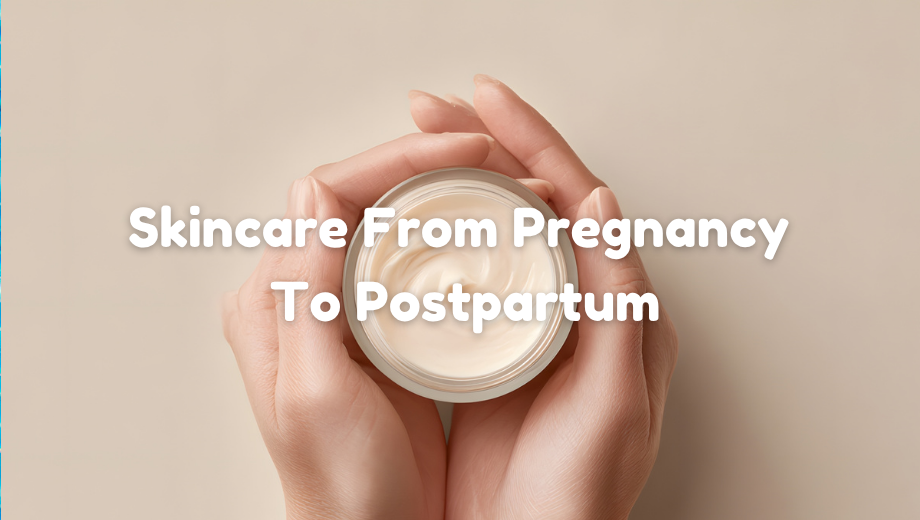Pregnancy brings incredible changes to the body, and the skin is no exception. Hormones shift rapidly, altering oil production, sensitivity, and hydration. After delivery, these changes continue as hormones rebalance and the body begins its recovery. Caring for the skin during this transition can help mothers feel comfortable, supported, and confident in their own skin.
Hormonal Changes and Common Skin Concerns
During pregnancy, increased estrogen and progesterone levels can cause breakouts, pigmentation changes, and dryness. Melasma, also called the “mask of pregnancy,” is a common condition where dark patches appear on the face. Stretch marks may form as the skin stretches to accommodate a growing belly, while increased blood flow can lead to temporary redness or a radiant glow.
After childbirth, hormone levels drop quickly, often leading to dryness, dullness, or acne flare-ups. Nursing mothers may also experience dehydration, which affects skin elasticity and tone. The key during both stages is consistency by using gentle, hydrating products and avoiding harsh exfoliants or strong retinoids that may irritate sensitive skin.
Safe Ingredients for Expecting and New Mothers
Pregnancy-safe skincare means checking ingredient lists carefully. Retinoids, salicylic acid in high concentrations, and hydroquinone should be avoided. Instead, mothers can look for hyaluronic acid for hydration, niacinamide for calming inflammation, and vitamin C for brightening uneven tone. Sunscreen remains essential. Mineral-based sunscreens with zinc oxide or titanium dioxide are preferred because they sit on top of the skin rather than being absorbed. For those seeking natural options, tallow balm sunscreen offers protection while maintaining skin moisture without chemical additives.
Caring for Skin After Delivery
Postpartum skincare focuses on healing and balance. Gentle cleansers and fragrance-free moisturizers support recovery, especially for those dealing with dryness or irritation from hospital air or hormonal shifts. Exfoliating once or twice a week with lactic acid or fruit enzymes can help smooth roughness and promote cell turnover without stripping the skin.
Sleep deprivation and stress can make the skin look tired. Drinking plenty of water, maintaining a nutrient-rich diet, and protecting the skin barrier through consistent moisturization all make a visible difference over time.
Skin changes are a normal part of pregnancy and postpartum recovery. They reflect the body’s remarkable adaptability. Instead of striving for perfection, the goal should be comfort and care. With gentle products, mindful routines, and patience, healthy skin remains possible through every phase of motherhood. Check the infographic below to learn more.




